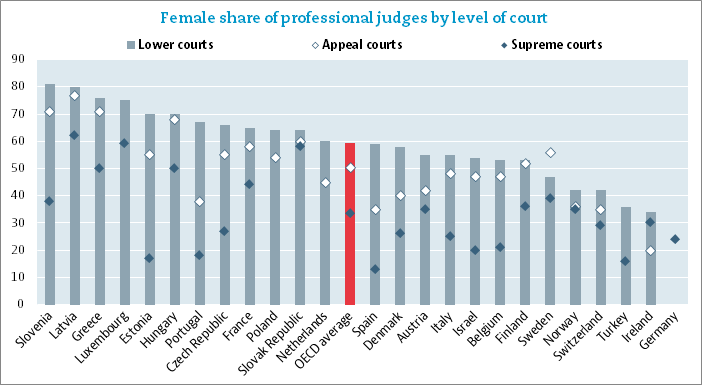Free Courses Sale ends Soon, Get It Now


Free Courses Sale ends Soon, Get It Now


WOMEN IN JUDICIARY
Context
FACTS RELATED TO REPRESENATION OF WOMEN IN JUDICIARY GLOBALLY
Status in other countries:

Must Read Article on this Topic https://www.iasgyan.in/daily-current-affairs/women-in-judiciary.
STATUS OF WOMEN IN JUDICIARY IN INDIA
|
|
|
|
|
|
|
Constitutional position of women in Judiciary:
Issues in entry of women in judiciary:
Need to bridge the gap in judiciary:
Significance of women representation in judiciary:
The Road Ahead
Conclusion:
https://sansadtv.nic.in/episode/mudda-aapka-women-in-judiciary-08-march-2023
© 2024 iasgyan. All right reserved